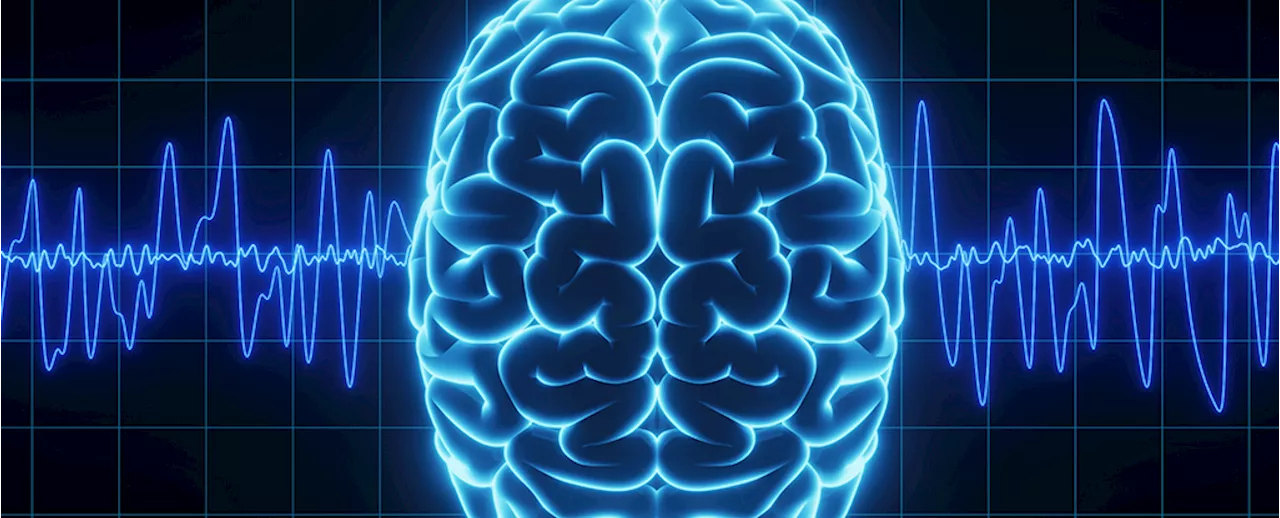While single-cell technologies have greatly advanced our comprehension of human brain cell types and functions, studies including large numbers of donors and multiple brain regions are needed to extend our understanding of brain cell heterogeneity.
Integrating atlas-level single-cell data presents a chance to reveal rare cell types and cellular heterogeneity across brain regions. Here we present the Brain Cell Atlas, a comprehensive reference atlas of brain cells, by assembling single-cell data from 70 human and 103 mouse studies of the brain throughout major developmental stages across brain regions, covering over 26.3 million cells or nuclei from both healthy and diseased tissues.
However, integrating large-scale atlases still presents computational challenges, such as modeling the batch effects and reducing technical noise. Batch correction for large-scale data in the expression matrix is computationally expensive, and performing differential expression analysis without accounting for batch effects may lead to bias. A more efficient approach reported recentlyis to model both biology and batch effects in differential expression analysis after data integration.
In metadata, ‘cell_ID’ is defined as the index of the sequencing files. The ‘donor_ID’ provides information that uniquely identifies the donors. The ‘donor_sex’ field contains self-reported sex for postnatal or adult donors, while for fetal samples, sex was classified on the basis of information from the original data . The ‘donor_age’ is classified as months for donors younger than 1 year and as years for postnatal donors older than 1 year.
To optimize the cell type annotation inferred from cross-species comparison, these cell clusters were validated by marker genes. The cells were clustered by Leiden clustering and visualized on UMAP. The well-established cell type markers. This score indicates the number of markers detected in a cell with at least one unique molecular identifier. The cell number decreased quickly when the NPC gene module score was less than 3, and then the change tended to be slow.
United Kingdom Latest News, United Kingdom Headlines
Similar News:You can also read news stories similar to this one that we have collected from other news sources.
 Dartmouth Scientists Have Created a New Template of the Human BrainScience, Space and Technology News 2024
Dartmouth Scientists Have Created a New Template of the Human BrainScience, Space and Technology News 2024
Read more »
 Elon Musk Envisions ‘Cybernetic Superpowers’ as Neuralink Prepares for Second Human Brain Chip ImplantSource of breaking news and analysis, insightful commentary and original reporting, curated and written specifically for the new generation of independent and conservative thinkers.
Elon Musk Envisions ‘Cybernetic Superpowers’ as Neuralink Prepares for Second Human Brain Chip ImplantSource of breaking news and analysis, insightful commentary and original reporting, curated and written specifically for the new generation of independent and conservative thinkers.
Read more »
 The Neural Signature of OCD Has Been Identified in The Human BrainThe Best in Science News and Amazing Breakthroughs
The Neural Signature of OCD Has Been Identified in The Human BrainThe Best in Science News and Amazing Breakthroughs
Read more »
 Researchers create new template of the human brainResearchers have created a new cortical surface template called 'OpenNeuro Average,' or 'onavg' for short, which provides greater accuracy and efficiency in analyzing neuroimaging data.
Researchers create new template of the human brainResearchers have created a new cortical surface template called 'OpenNeuro Average,' or 'onavg' for short, which provides greater accuracy and efficiency in analyzing neuroimaging data.
Read more »
 Molecular atlas of blood vessel pathways in the human brain, across early brain development, adulthood and diseaseResearchers have built the first-ever molecular atlas of the human brain vasculature at single-cell resolution, spanning from early development to adulthood and through disease stages such as brain tumors and brain vascular malformations.
Molecular atlas of blood vessel pathways in the human brain, across early brain development, adulthood and diseaseResearchers have built the first-ever molecular atlas of the human brain vasculature at single-cell resolution, spanning from early development to adulthood and through disease stages such as brain tumors and brain vascular malformations.
Read more »
 Building a molecular brain map to understand Alzheimer's diseaseResulting atlas of the aging human brain holds molecular insights into the brain's vulnerability and resilience.
Building a molecular brain map to understand Alzheimer's diseaseResulting atlas of the aging human brain holds molecular insights into the brain's vulnerability and resilience.
Read more »
